1. Hand-Cranked Egg Beaters
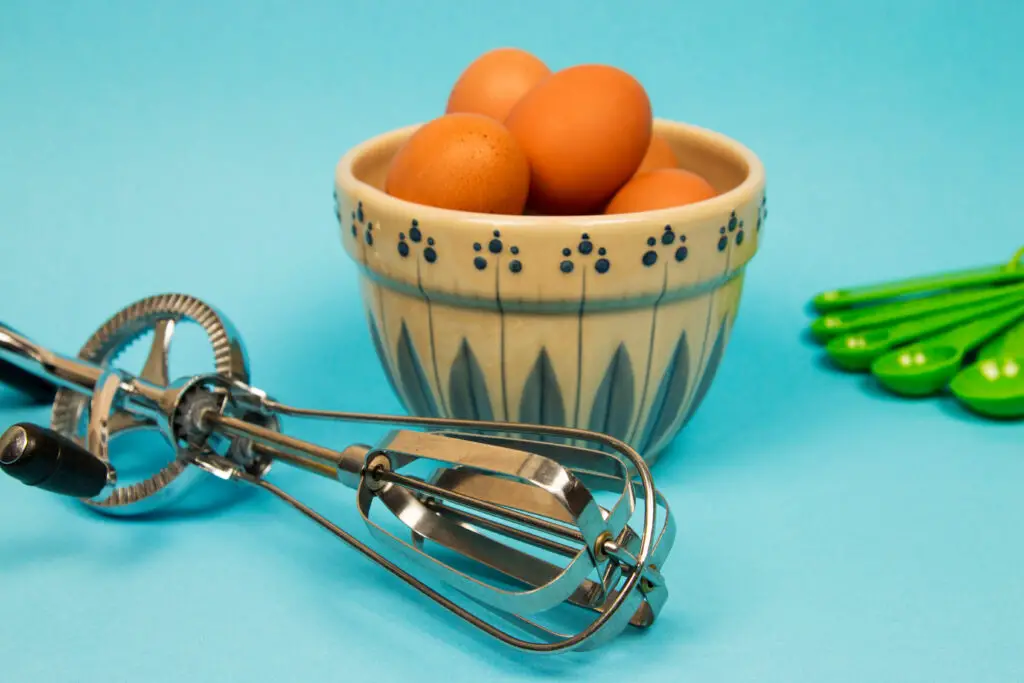
Before electric mixers became kitchen staples, the hand-cranked egg beater was a game-changer. It promised fluffier eggs, smoother batters, and even saved home cooks from aching arms after prolonged whisking. But let’s be honest—using one felt like an upper-body workout. If you lost momentum, you’d end up with lumpy cake batter or streaks of unmixed egg white. They also weren’t the easiest things to clean, with batter getting stuck in the gears says the Washington Post.
When electric hand mixers arrived, the hand-cranked version quickly lost its appeal. Suddenly, you could whip up meringues and pancake batter without breaking a sweat. The convenience and speed of electric mixers made them a must-have, while hand-cranked beaters faded into obscurity. Today, they mostly live in antique stores or as quirky decorations in retro-themed kitchens. A few bakers might still appreciate them for nostalgia, but for most, they’re a relic of the past.
2. Butter Churns
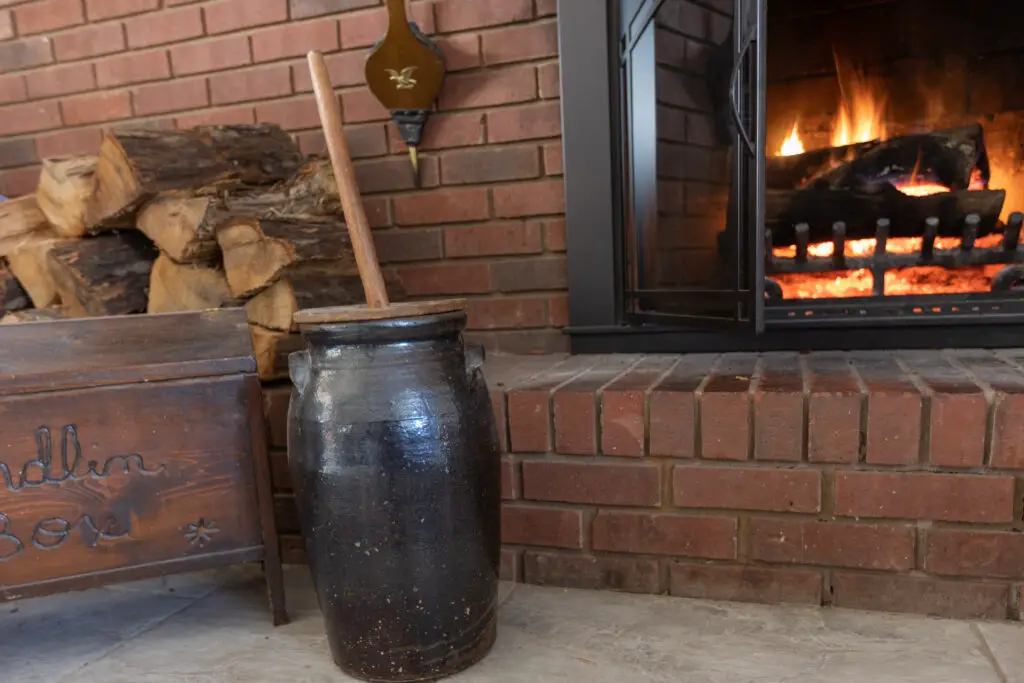
Back in the day, making butter from scratch was a necessity, and the butter churn was essential for every household. Families would spend what felt like hours pumping a wooden dasher up and down to transform cream into butter. It was an arm-numbing process, but it was also considered an impressive skill. Once mass-produced butter became available in grocery stores, this labor-intensive gadget quickly became obsolete. Who has time to churn their own butter when you can grab a stick off the shelf in seconds?
While some hobbyists and homesteaders still swear by the old-fashioned method, most of us are happy to leave butter-making to the professionals. The churn now sits as a rustic decoration or a conversation piece about how “things used to be.” They may pop up at historical reenactments or in farmhouse-style kitchens, but they aren’t practical for modern life. Unless you’re deeply committed to a pioneer lifestyle, it’s safe to say this gadget has seen its day shares Slate.
3. Rotary Food Mills

Before blenders and food processors, the rotary food mill was a must-have for making smooth sauces, soups, and baby food. It worked by manually cranking a handle that pushed food through a perforated plate, separating skins and seeds in the process. While it was an improvement over mashing everything by hand, it still required some serious elbow grease. If you didn’t have the right plate, you’d end up with a chunky mess instead of a silky purée says Serious Eats.
Then blenders and immersion mixers came along, doing the job in a fraction of the time with almost no effort. Now, rotary food mills mostly collect dust in the back of kitchen cabinets. Some chefs still love them for certain dishes, but most home cooks have moved on to faster, easier options. Unless you’re an old-school purist or making tomato sauce from scratch every weekend, this gadget has become more of a specialty tool than a necessity.
4. Gelatin Molds
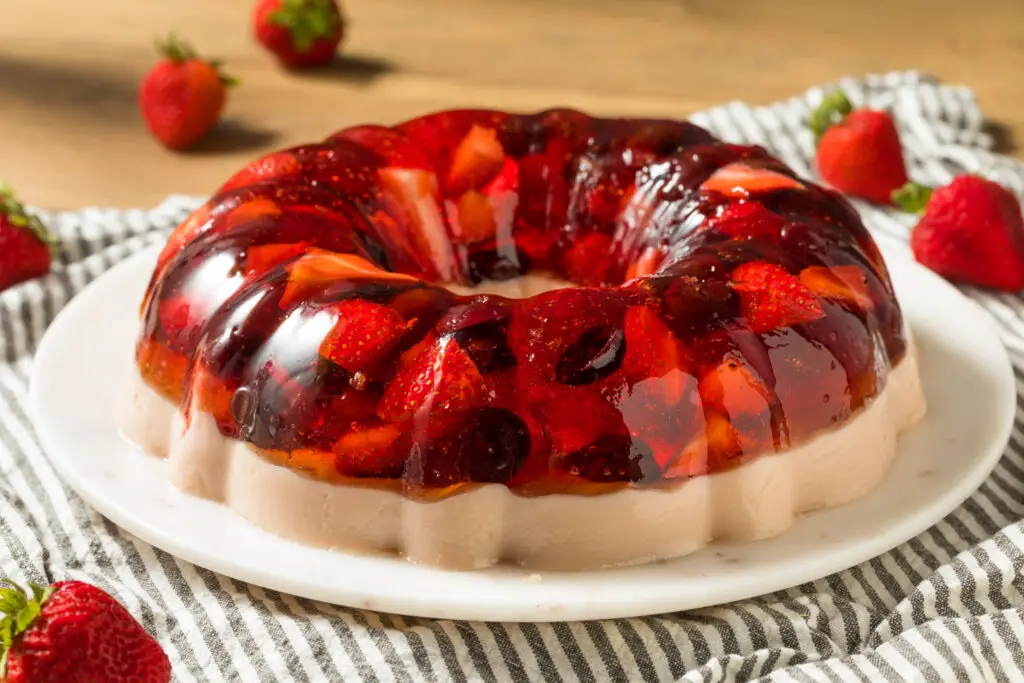
There was a time when no dinner party was complete without an elaborate, wobbly gelatin creation. Whether it was a fruit-filled Jell-O salad or a savory aspic, gelatin molds were considered high-class culinary achievements. People had entire collections of molds in different shapes, from classic rings to intricate designs. But as tastes evolved, gelatin-heavy dishes started feeling more like a science experiment than a meal. By the time the ’80s rolled around, Jell-O salads had become a kitschy relic of the past.
Today, the molds are more likely to be found at thrift stores than in active use. Unless you’re hosting a retro-themed dinner, they’re probably better left in the past. Some bakers and food stylists might repurpose them for trendy desserts, but the days of molded gelatin being the centerpiece of a meal are long gone. They now serve more as a reminder of a bygone era of experimental cooking.
5. Meat Grinders
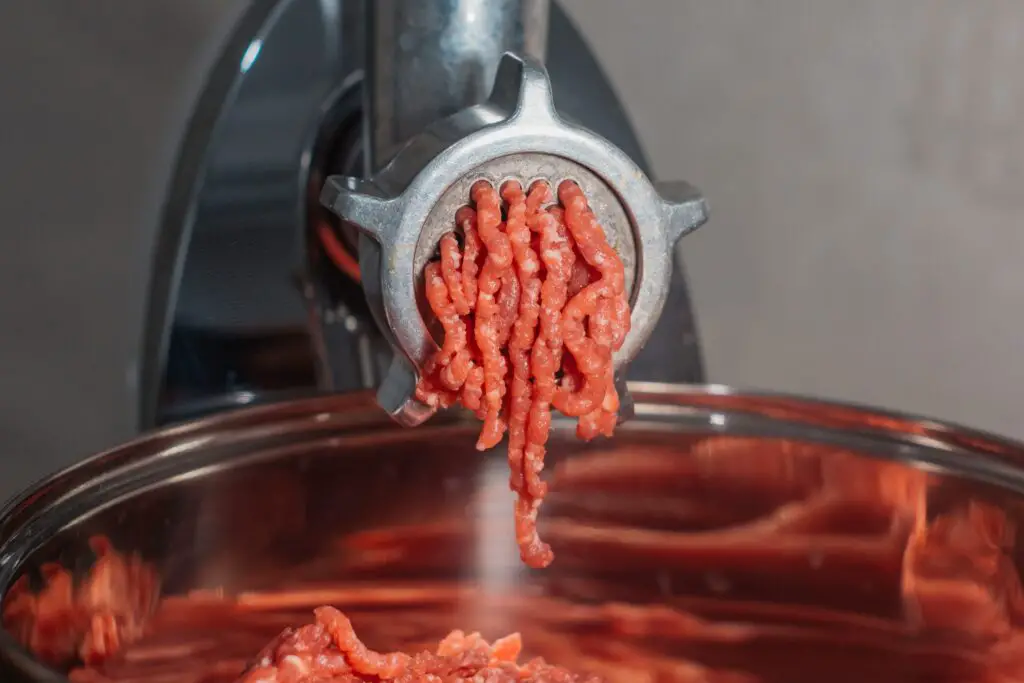
Before prepackaged ground meat became widely available, every home cook had to grind their own. The old-fashioned meat grinder clamped onto the counter, and you had to manually crank it while feeding chunks of meat through the top. It was messy, time-consuming, and required a lot of cleanup afterward. If the blades weren’t sharp enough, you could end up with a stringy, uneven grind.
When electric meat grinders and store-bought ground beef became the norm, the manual version quickly lost its appeal. Some serious home chefs still swear by grinding their own meat for freshness and quality, but the average person would rather just grab a pack of ground beef. These days, the old-school grinders are mostly family heirlooms or conversation pieces. Unless you’re really committed to the art of butchery, this gadget is more of a hassle than a help.
6. Electric Carving Knives
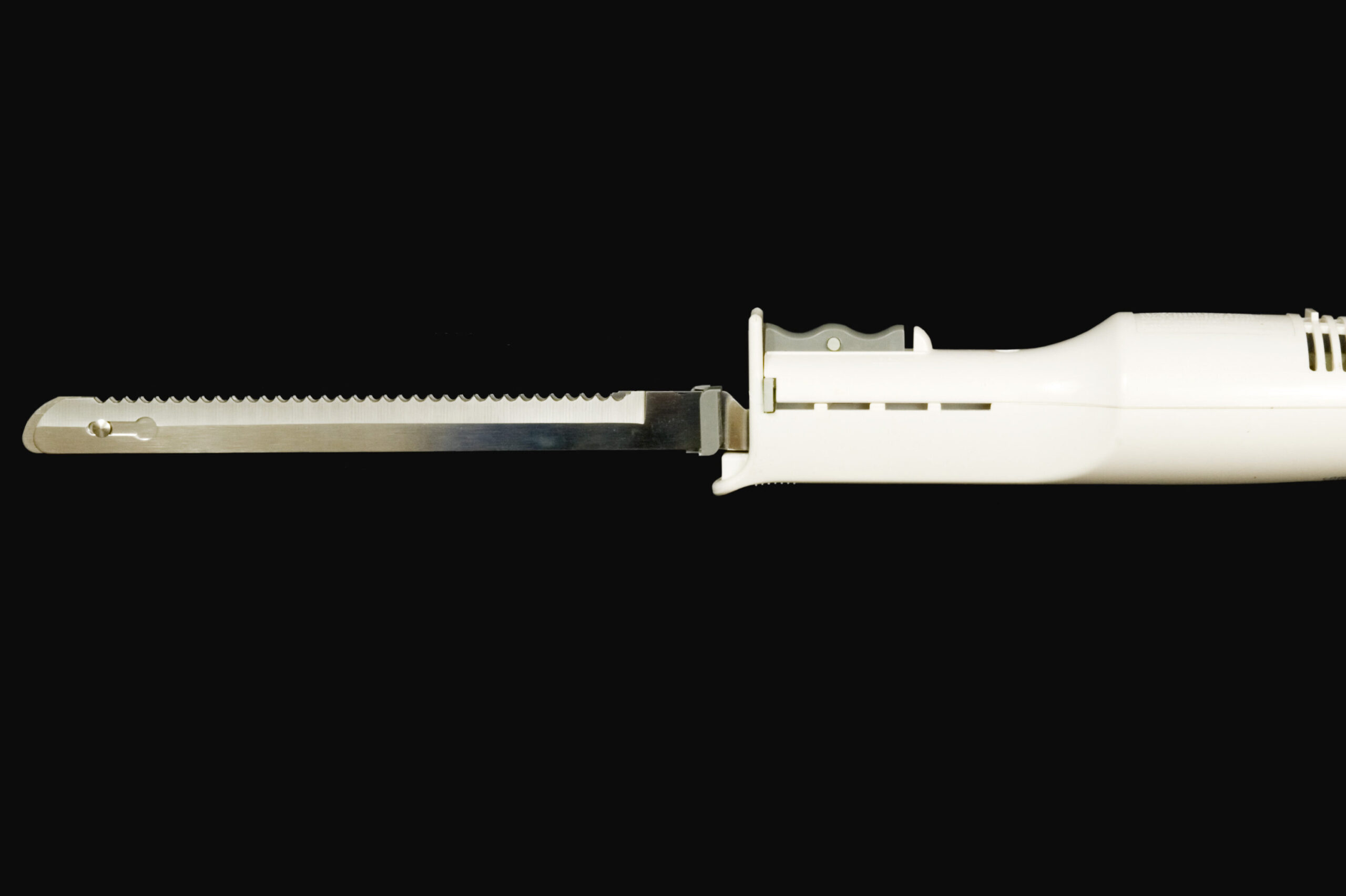
At one point, electric carving knives were the ultimate holiday dinner gadget. They promised perfect slices of turkey, ham, or roast beef with minimal effort. The buzzing blades made you feel like a kitchen pro, even if you weren’t. But as it turned out, a good-quality chef’s knife could do the same job without the extra noise and hassle. The cords were awkward, they weren’t always easy to clean, and they took up unnecessary space in the kitchen.
Many people used them once or twice before realizing they weren’t all that practical. Now, they mostly get pulled out of storage for Thanksgiving before being packed away again for another year. While they still have a loyal fan base, most home cooks have realized that a sharp knife does the trick just as well. For most, electric carving knives are more of a holiday novelty than a year-round necessity.
7. Popcorn Makers
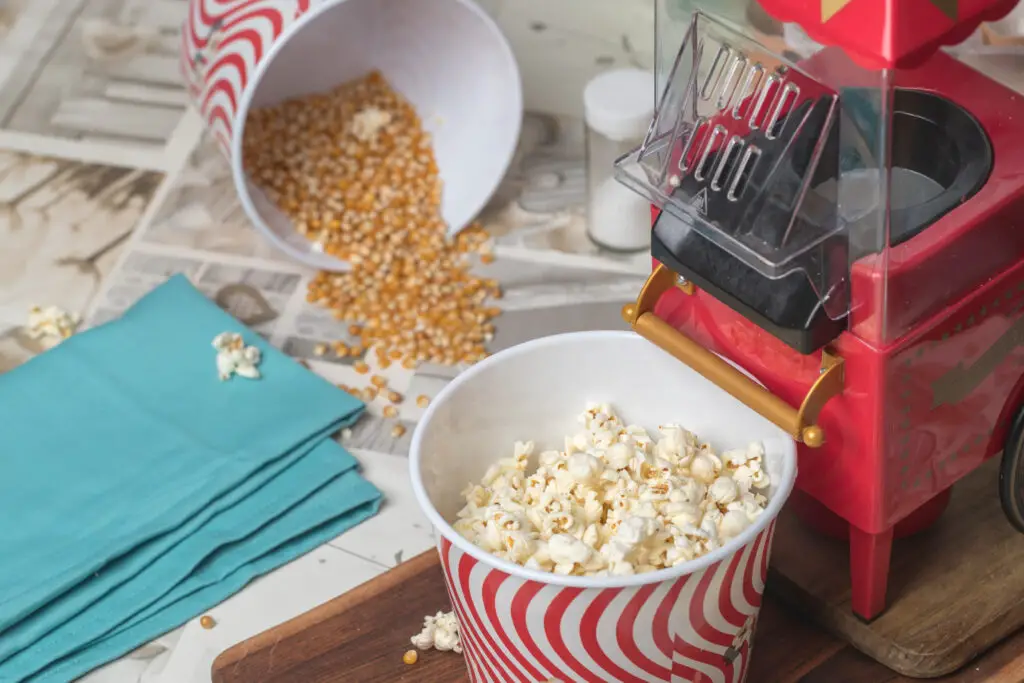
Before microwavable popcorn, dedicated popcorn makers were a big deal. Whether it was an air popper or an oil-based popper, these machines promised fresh, theater-style popcorn at home. The problem was, they were bulky, loud, and often made a mess with flying kernels. Once microwave popcorn became popular, people realized they didn’t need an entire machine to enjoy a bowl of buttery goodness.
Popcorn makers got pushed to the back of cabinets, only to be pulled out for the occasional nostalgia trip. Today, stovetop or microwave methods are the go-to, making the old-school popcorn machine pretty much unnecessary. Unless you’re a serious popcorn aficionado, it’s hard to justify the counter space.
8. Apple Peelers and Corers
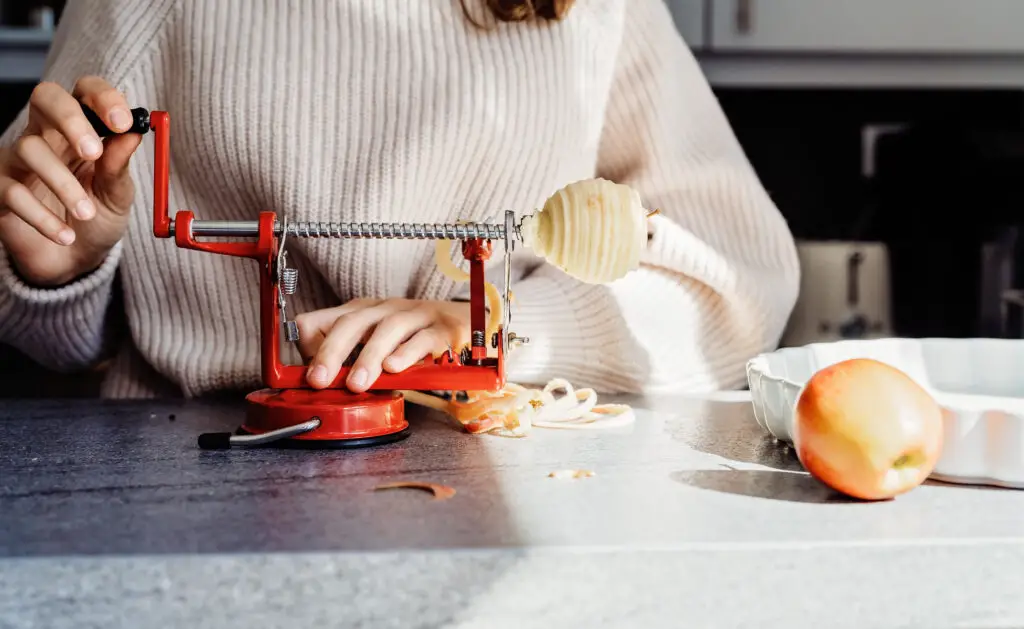
At one time, having a gadget dedicated to peeling and coring apples seemed like a huge time-saver. These devices clamped onto the counter, and with a few turns of the handle, your apple was perfectly peeled and cored. But in reality, they were finicky, took up a lot of space, and weren’t all that necessary.
A regular knife or vegetable peeler could do the job just as well, with less cleanup. Over time, people realized it was just another single-purpose tool that wasn’t worth the storage space. Now, they mostly pop up at fall festivals or in the kitchens of die-hard apple lovers.
9. Cherry Pitters

Cherry pitters were once seen as a genius invention, especially for bakers and fruit lovers. Instead of manually cutting around the pit, you could pop the cherry into the device and press a lever to remove the pit. In theory, it was a great idea, but in practice, it wasn’t always efficient. The pits didn’t always come out cleanly, and juice would often splatter everywhere.
Plus, unless you were pitting large batches regularly, it felt like a waste of drawer space. A knife or even a paperclip could do the job just as easily without the extra cleanup. Today, most people just work around the pits and skip the extra gadget altogether.
10. Sandwich Makers
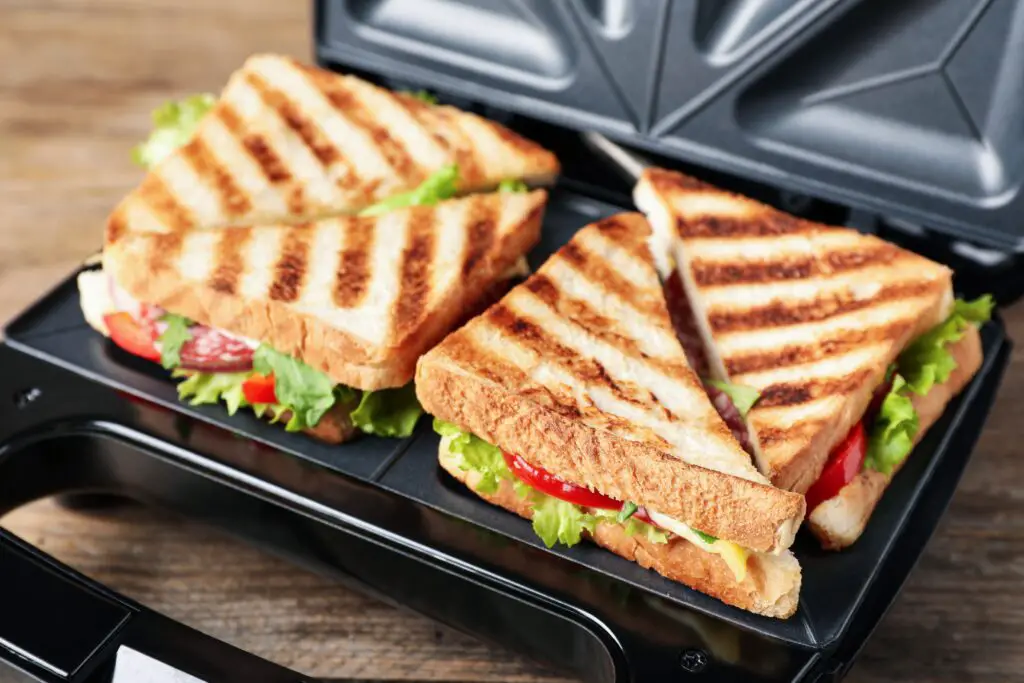
At one point, sandwich makers felt like the ultimate kitchen luxury. You could throw in some bread, cheese, and whatever fillings you wanted, press the lid down, and end up with a perfectly sealed, golden-brown sandwich. It seemed like a foolproof way to make an impressive lunch with minimal effort. But the reality was that cleaning them was a nightmare. Cheese would ooze out, bread would stick to the non-removable plates, and eventually, most people gave up on using them altogether.
As toasters and stovetop pans proved to be easier and more versatile, sandwich makers started collecting dust. Sure, they still have a place in dorm rooms and the occasional nostalgia-driven kitchen, but for most people, they’re just not worth the hassle. A simple frying pan can make a better (and crispier) grilled cheese without the extra cleanup. Unless you’re really committed to sealed sandwiches, this gadget has become more of a novelty than a necessity.
11. Manual Coffee Percolators

Before automatic drip coffee makers took over, percolators were the go-to way to brew coffee at home. They worked by cycling boiling water through coffee grounds, creating a strong, bold cup of joe. The problem? They were finicky, often over-extracted the coffee, and required constant monitoring to avoid a bitter, burnt taste. You had to time it just right, or you’d end up with something that tasted more like sludge than a morning pick-me-up.
When automatic coffee machines and single-serve brewers arrived, the percolator quickly lost its charm. Now, they mostly show up in cabins, camping trips, or as a throwback for those who love old-school coffee methods. Most people prefer the convenience of pressing a button and walking away while their coffee brews perfectly every time. While some still swear by percolators for their rich flavor, they’re no longer a kitchen essential for the average coffee drinker.
12. Ice Cream Makers

Once upon a time, making homemade ice cream felt like an exciting kitchen adventure. Early versions required rock salt, hand-cranking, and a lot of patience. Later electric models made the process a little easier, but they still required pre-freezing parts, careful timing, and a fair amount of cleanup. In the end, most people realized it was much simpler to grab a pint from the store.
While some home chefs still love the idea of customizing their own flavors, the majority of ice cream makers end up in storage. They take up a ton of space and rarely get used often enough to justify keeping them. Unless you’re passionate about homemade ice cream, it’s hard to argue that they’re more convenient than store-bought options. Nowadays, they’re more of a novelty item than an everyday necessity.
